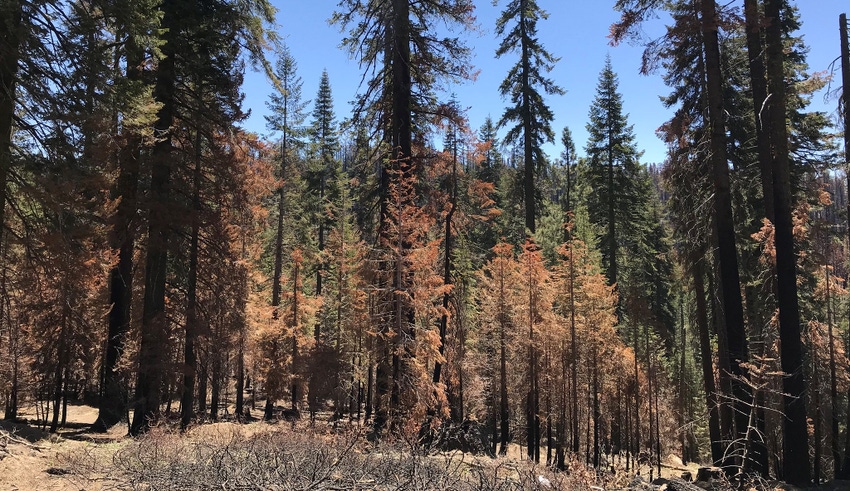July 13, 2022

In northeastern Washington, the Confederated Tribes of the Colville Reservation have experienced three major wildfires over the past seven years. Last July, during the state’s hottest and driest year ever, the Chuweah Creek Fire burned more than 11,000 acres on the reservation, destroying homes and burning more than 34,000 acres of tribal timberland.
To help nature heal from conflagrations, youth of the Colville Reservation have partnered with Washington State University Extension to create seed bombs: clay balls of soil and seeds dispersed to start new generations of native plants.
“Last summer, as in previous seasons, the Colville reservation was ravaged by wildfire,” said Linda McLean, director and 4-H educator with WSU Colville Reservation Extension. “The difference was that 2021 fires threatened more residential areas, and many families, including youth, were impacted by smoke, flames, and the need to evacuate.”
Extension and tribal partners developed a citizen science project to help youth learn about wildfires and contribute to recovery. In nslxcin, one of the three native languages used by the confederated tribes, it’s called xʷlxʷlstixʷ iʔ‿tmxʷúlaʔxʷ, or “heal the land.”
For the “Seed Bombs – Healing the Earth” project, Colville Reservation Extension’s 4-H Youth Development Program collaborated with the Colville Confederated Tribes, the tribal Mount Tolman Fire Center, and the U.S. Bureau of Indian Affairs Division of Natural Resources to teach youth how to make seed bombs. Encased in clay and soil, the ‘bombs’ are seeds of native plants chosen to attract pollinators, benefiting natural plant communities and agricultural crops. In nature, the ‘bombs’ are broken down by the elements, allowing seeds to sprout.
Tribal and Extension educators partnered with more than 500 children from Lake Roosevelt, Nespelem, and Keller Schools, the Pascal Sherman Indian School, the Nespelem and Keller Boys & Girls Club, Inchelium Behavioral Health, Nespelem Headstart, and the SHARP Kids Afterschool program. Visiting classrooms this spring, they shared ideas about fire, pollinators, and soil health, and worked with students and teachers to create the seed bombs.
Seed bombs dispersed
A step-by-step 4-H video on how to make seed bombs be viewed on YouTube, and the seed bomb project, McLean said, makes an ideal companion project for 4-H At Home Pollinators activities.
In June, groups of students traveled to Chuweah Creek Fire burn sites and rangeland areas, dispersing seed bombs to control erosion and increase plant diversity and wild habitat. Other youths placed their seed bombs near the Colville Tribal Agency campus’ Smokey Bear sign, providing a lush visual for the public. Each youth was given a project pin as a thank-you gift and memento.
Return field trips to these sites are planned, allowing students to see the living results of their efforts. McLean plans to continue the partnership.
“The Colville Reservation, like so many other places in the Pacific Northwest, experiences wildfire every year,” she said. “There are always places that need extra help with rehabilitation of plant communities and soil health.”
Source: Washington State University, which is solely responsible for the information provided and is wholly owned by the source. Informa Business Media and all its subsidiaries are not responsible for any of the content contained in this information asset.
You May Also Like




